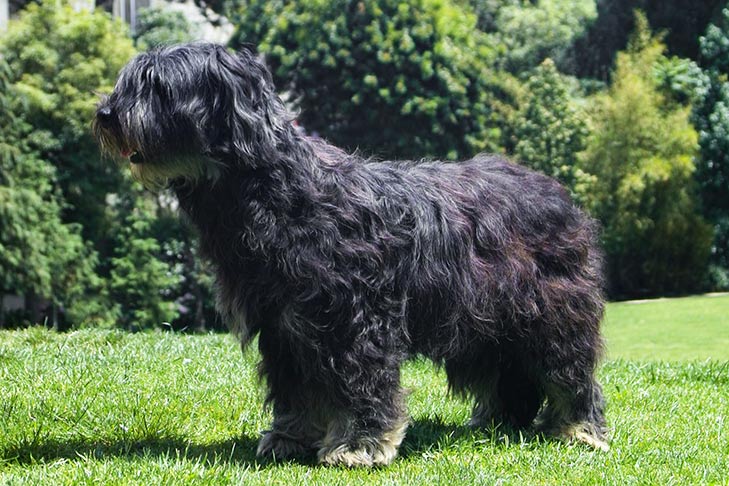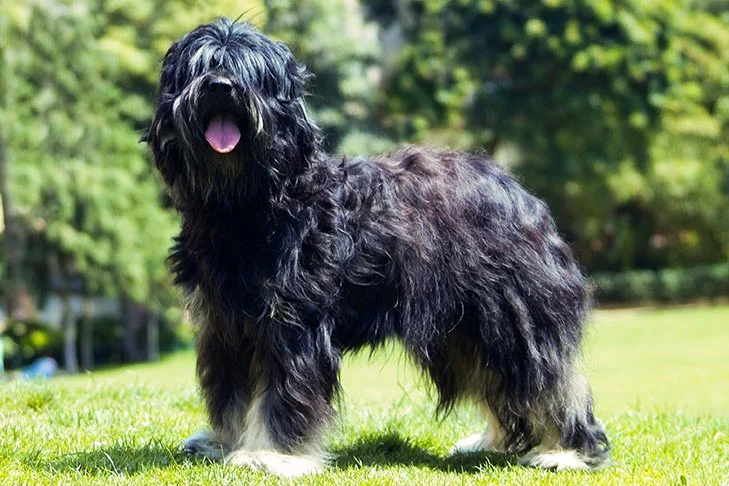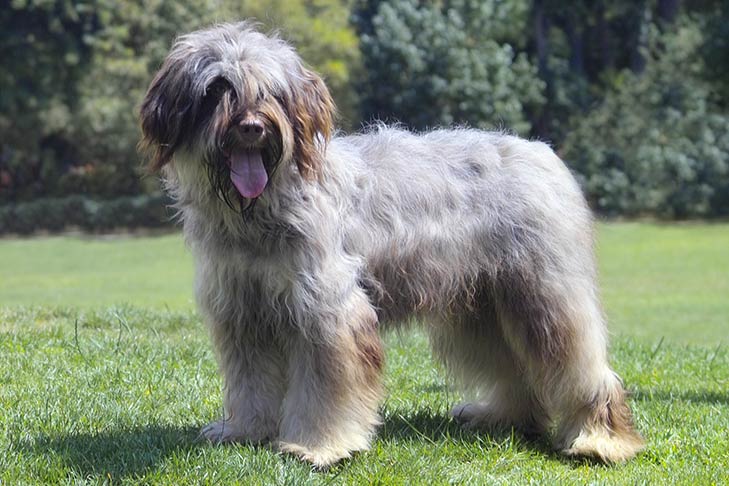Portuguese Sheepdogs are believed to be a relatively new breed, and their origins are unknown. The breed developed in Portugal, most likely in the central and southern regions, and has been discovered in the hilly region of the Serra de Aires since the early 20th century, despite the fact that there are many competing ideas. Other herding breeds from this area, such as the Pyrenean Shepherd and Catalan Sheepdog, have also been known to call it home. Although there is no concrete evidence to support this claim, it has been suggested that the Portuguese Sheepdog descended from a hybrid between these species.
The most widely acknowledged theory is that Manuel Inacio de Castro Guimaraes, the first Conde de Castro Guimaraes, acquired a number of Briards from France no earlier than 1909 to herd his flock of sheep. Despite being a highly esteemed herding breed at the time and becoming well-known throughout Europe for effectively assisting France in World War I, Briards were not well-suited to the climate and terrain of Portugal. The Conde’s answer was to breed his Briards with regional herding breeds, perhaps the Catalan Sheepdog and Pyrenean Shepherd mentioned before.
This notion is supported only by circumstantial evidence, however, given the characteristics and appearance of the Portuguese Sheepdog, it is quite likely to be accurate. By the end of the 1920s, both in its natural mountainous environment and the neighboring region of Alentejo, this new sheepherding breed had gained considerable notoriety. The Portuguese Sheepdog was spared from the severe population reductions that were common in other European breeds during the period due to Portugal’s minimal engagement in WWI and complete absence from WWII. The breed received full approval from the Portuguese Kennel Club in 1932 thanks to a standard that was created by doctors Antonio Cabral and Felipe Morgado Romeiros. By the 1970s, however, the breed had become extremely rare and was believed to be close to extinction due to contemporary technologies, the urbanization of its native territories, and a lack of international recognition.
A group of breeders and owners joined forces to revive the breed starting in the late 1970s. The Portuguese Sheepdog was developed to be more of a companion dog thanks to the encouragement of a new generation of fanciers in the 1980s, and middle-class Portuguese suburbanites were the ones to discover it.
In 1996, the breed was lastly given official recognition by the FCI as a member of the Herding Group. With just a very small number of dogs still herding in the breed’s native mountain region, the breed is still uncommon outside of Portugal and is virtually exclusively seen as a companion.







 Health
Health Grooming
Grooming Exercise
Exercise Training
Training Nutrition
Nutrition